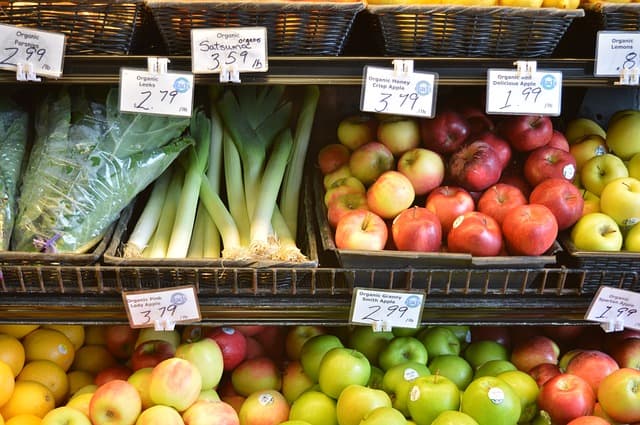The refrigerator, pantry, and grocery cart of the average consumer are often filled with food terminologies. Terms like “all-natural,” “organic,” and “free-range” get tossed around in the media and on food packaging making it difficult to understand what they really mean. While the use of certain terms requires a product to meet government criteria, other terms are simply loosely-based marketing strategies.
Labels can often impact a consumer considering the health benefits, associated costs, or environmental impact of a food item — but what do they really mean? Check out this short guide to understanding food terminologies so that you can be an informed consumer.
“All-natural”
Is that “all-natural” orange juice really any fresher than juice from concentrate? While products labeled as “all-natural” are encouraged to be minimally processed and free of artificial colors and ingredients, there is no official definition for the use of the term “natural” and no national standards to define what qualifies as minimally processed. For these reasons, this term is almost entirely meaningless!
“Organic”
The term “organic” carries more weight since the official organic stamp requires USDA certification. The USDA requires that organic meats, poultry, eggs, and dairy products must come from animals that have been given no antibiotics or growth hormones and have been fed only 100% organic feed. Additionally, organic plant-based foods must be grown without certain pesticides or fertilizers. That being said, foods with an “organic” stamp can still contain up to 5% nonorganic ingredients — unless they are labeled as “100% organic.”
“GMO-free”
Foods that contain GMOs (Genetically Modified Organisms) are produced from plants or animals that have had changes introduced to their DNA using genetic engineering. While the jury’s still out, some scientists have linked GMO production and consumption to potential health and environmental concerns. Currently, manufacturers are not required to list genetically modified ingredients on their food labels, so the only way to ensure you aren’t eating GMO foods is to buy products labeled with either a “Non-GMO Project” or “Certified Organic” stamp.
Do you feel like a smarter shopper? Between “unprocessed,” “locally-sourced,” and “whole” foods, there are plenty more terms that could use explaining! Connect with a Noom to learn more about how your go-to foods might be impacting your health.





